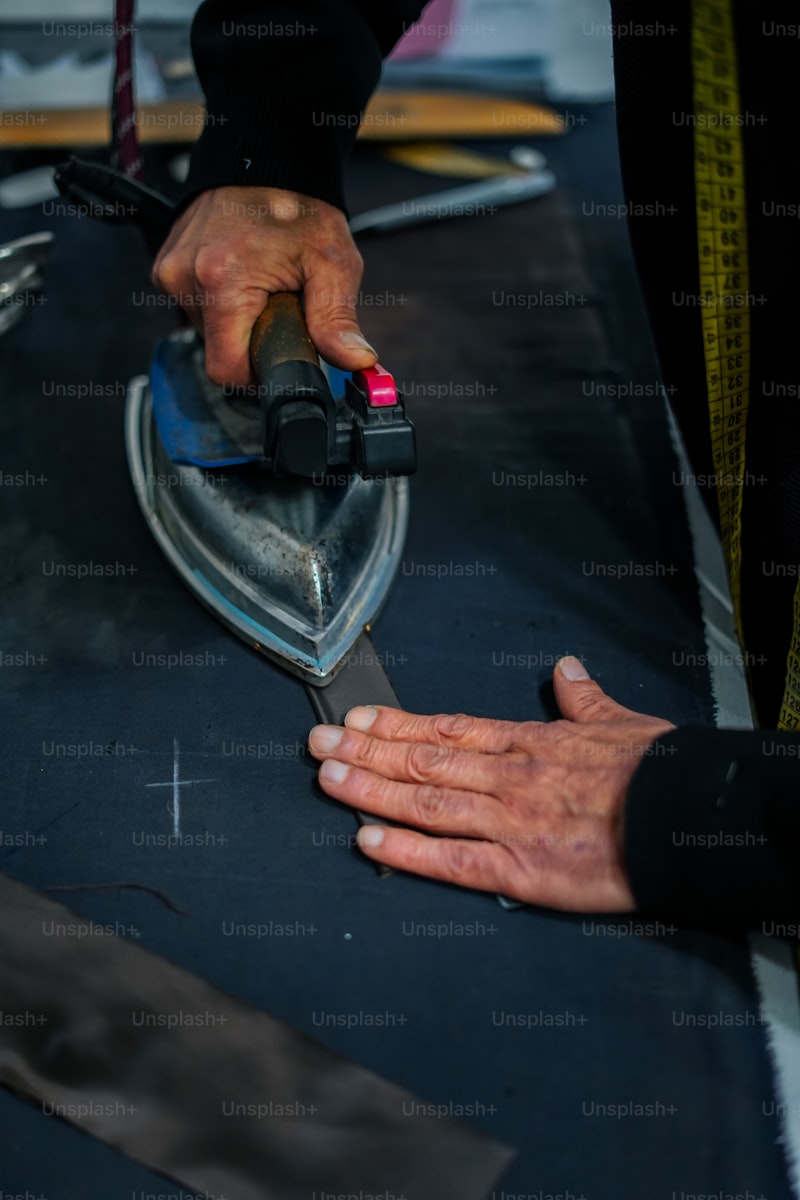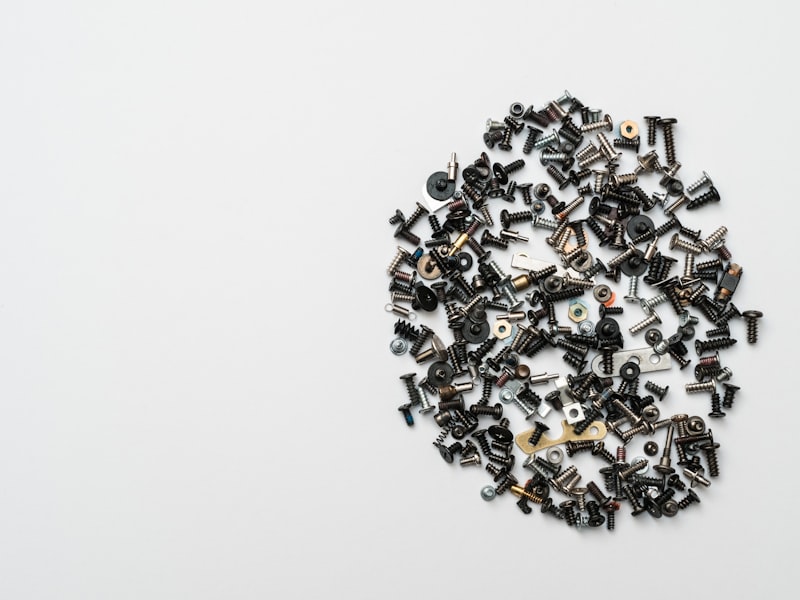Hey there! Ever found yourself struggling with a sticky or malfunctioning gear shift lever in your car? It can be a frustrating experience, but fear not – fixing it might be easier than you think.

One common issue drivers face is a loose or wobbly shift lever. This can happen over time due to wear and tear on the components that hold the lever in place. To tackle this, you’ll typically need to access the area beneath the shift boot. Start by removing any screws or clips holding the boot in place. Once you have clear access, check the mounting bolts connecting the lever to the transmission. Tightening these bolts with the appropriate tools can often stabilize a loose lever.
Another frequent problem is difficulty shifting gears, which could indicate issues within the linkage system. The linkage is responsible for transmitting your gear shift movements to the transmission. If you notice resistance or hear grinding noises while shifting, it might be due to worn-out bushings or misalignment in the linkage. Replacing these bushings or realigning the linkage can restore smooth shifting.
Sometimes, the shift lever itself may be damaged or worn down. This could manifest as cracks, breaks, or even a shift knob that spins freely. In such cases, replacing the lever or knob might be necessary. Most shift knobs can be unscrewed by hand or with minimal tools. Once removed, you can install a new knob by threading it onto the lever shaft securely.
If your car has an automatic transmission and you’re experiencing issues such as the lever not locking into place or difficulty moving between gears smoothly, it could be a sign of internal transmission problems. In these instances, it’s advisable to consult a professional mechanic for a thorough diagnosis and repair.
By addressing these issues promptly, you can ensure a safer and more enjoyable driving experience. Remember, regular maintenance and occasional checks of your car’s shift lever can prevent minor issues from becoming major headaches down the road.
Mastering Mechanics: A Step-by-Step Guide to Fixing Your Car’s Shift Lever
Have you ever found yourself in a situation where your car’s shift lever just won’t budge? It’s a frustrating experience, especially when you’re on the go. Fear not, because mastering the mechanics of fixing your car’s shift lever can save you time and money. Here’s a step-by-step guide to get you back on the road smoothly.
Firstly, assess the situation. Is the shift lever completely stuck, or does it move partially? Understanding the problem helps in determining the next steps. Often, a common issue is debris or dirt buildup around the shift lever mechanism, hindering its movement.
Start by ensuring your car is safely parked and turned off. Safety is paramount when dealing with mechanical issues. Then, locate the shift lever and inspect its surroundings for any visible signs of obstruction. A flashlight might come in handy here, especially if the area is poorly lit.
Next, gently clean around the shift lever using a soft cloth and a mild cleaning solution. This helps remove any grime that might be causing the issue. Be cautious not to apply excessive force, as you could inadvertently damage delicate components.
If cleaning doesn’t resolve the problem, it might be necessary to lubricate the shift lever mechanism. Use a recommended lubricant for automotive purposes and apply it sparingly to the moving parts. This helps reduce friction and allows for smoother operation.
Once lubricated, attempt to move the shift lever through its range of motion. Gradually test it to ensure it moves freely and without resistance. If the problem persists despite cleaning and lubrication, it may indicate a more serious mechanical issue that requires professional inspection.
Mastering the mechanics of your car’s shift lever empowers you to handle minor issues confidently. Remember, regular maintenance and prompt attention to problems can prevent larger, costlier repairs down the road. With these steps, you’re well-equipped to tackle common shift lever issues and get back to driving smoothly.
DIY Auto Repair: Troubleshooting Common Shift Lever Issues
Having trouble with your car’s shift lever lately? It can be frustrating when your vehicle doesn’t shift gears smoothly. Whether you drive an automatic or manual transmission, shift lever issues can disrupt your driving experience. Let’s dive into some common problems and DIY troubleshooting tips to get you back on the road smoothly.
One of the most common issues drivers face is being unable to shift out of neutral. When this happens, first check if your brake lights are working. A faulty brake light switch can prevent the shift lever from engaging properly. If the brake lights aren’t coming on when you press the pedal, the switch might need adjusting or replacing.

Does your car grind when shifting gears? This could indicate a problem with the transmission synchronizers or clutch linkage. Start by checking the transmission fluid level and condition. Low or dirty transmission fluid can cause gears to grind or slip. Consult your owner’s manual for the correct type of transmission fluid to use and how to check it properly.
Difficulty shifting gears can be caused by issues with the shift linkage or cables. Over time, these components can become worn or misaligned. Inspect the shift linkage under the hood or under the car (depending on your vehicle’s design). Look for any signs of damage, rust, or loose connections. Tightening or replacing worn-out linkage components can often resolve shifting problems.
If your shift lever feels loose or sloppy, it might be due to worn bushings or linkage components. This can affect the accuracy of gear selection and make it harder to find the right gear. Check for any excessive play in the shift lever when moving it between gears. Replacing worn bushings or adjusting the linkage can restore precise shifting.
Unusual noises during shifting, such as clunking or rattling sounds, could indicate various issues. Loose mounts, worn-out transmission mounts, or even internal transmission problems might be to blame. If you hear abnormal sounds, it’s advisable to consult a mechanic or refer to your vehicle’s service manual for specific troubleshooting steps.
Troubleshooting shift lever issues doesn’t have to be daunting. By identifying common problems and following these DIY tips, you can often diagnose and fix minor issues yourself. Remember to work safely and consult professional help if you’re unsure or if the problem persists. Happy repairing!
Gear Up: Essential Tools You Need for Fixing a Car’s Shift Lever
When it comes to tackling issues with your car’s shift lever, having the right tools can make all the difference. Imagine this: you’re on the road, cruising smoothly, when suddenly, your car’s shift lever starts acting up. It’s a situation no driver wants to face, but being prepared with the essential tools can turn a potential headache into a manageable task.
First up on your tool list should be a set of screwdrivers. Opt for both flathead and Phillips head varieties to tackle different types of screws commonly found in shift levers. These versatile tools will help you access and maneuver components with ease.
Next, don’t forget your trusty wrench set. Whether it’s adjusting nuts or bolts, having a range of wrench sizes ensures you can handle various fasteners that secure the shift lever assembly.
A flashlight may seem basic, but its importance cannot be overstated. When you’re working under the hood or in dimly lit areas, a good flashlight illuminates the task at hand, making troubleshooting and repairs significantly easier.
For more intricate tasks, consider investing in a set of needle-nose pliers. Their long, narrow jaws allow you to grip small parts and reach tight spaces, crucial for tasks like securing cables or adjusting linkages.
Lastly, a torque wrench rounds out the essentials. Precise torque settings are critical when reinstalling parts to prevent over-tightening or under-tightening, ensuring everything operates smoothly and safely.
With these tools at your disposal, you’re well-equipped to handle issues with your car’s shift lever confidently. Remember, preparation is key to staying calm and collected when faced with unexpected roadside challenges. Gear up with these essentials, and keep your journey smooth and stress-free.
Expert Tips: Understanding the Inner Workings of Your Car’s Transmission
Gear Mechanism: Think of your car’s transmission as a sophisticated gearbox that shifts gears automatically or manually, depending on the type of transmission. Automatic transmissions use a complex system of fluid pressure and gears to seamlessly shift between gears, while manual transmissions require the driver to engage the clutch and shift gears using a gear stick and clutch pedal.
Types of Transmissions: There are primarily two types of transmissions: automatic and manual. Automatic transmissions are popular for their convenience, as they shift gears automatically based on speed and load. On the other hand, manual transmissions provide more control over gear selection, allowing drivers to optimize performance and fuel efficiency.
Transmission Fluid: Transmission fluid is essential for lubricating moving parts within the transmission and maintaining optimal temperature. Regularly checking and replacing transmission fluid according to manufacturer recommendations can prevent costly repairs and ensure smooth operation.
Signs of Transmission Problems: Being aware of signs such as rough shifting, slipping gears, or unusual noises can indicate potential transmission issues. Promptly addressing these symptoms through professional inspection and maintenance can prevent further damage and ensure safety on the road.
Maintenance Tips: Routine maintenance, including fluid checks, filter replacements, and inspections by certified technicians, is key to extending the life of your transmission. Following the manufacturer’s maintenance schedule and driving habits that promote smooth shifting can contribute to a well-functioning transmission.
Understanding these aspects of your car’s transmission empowers you to make informed decisions regarding maintenance and repairs. By staying proactive and attentive to your transmission’s needs, you can enjoy a smoother driving experience and potentially extend the lifespan of your vehicle.
Frequently Asked Questions
What are the steps to fix a loose or sloppy shift lever?
Learn how to fix a loose or sloppy shift lever with these steps: 1. Identify the cause of the looseness, such as worn bushings or linkage. 2. Securely tighten any loose bolts or screws connecting the lever. 3. Replace worn-out bushings or linkage components if necessary. 4. Adjust the shift linkage to ensure smooth operation. 5. Test the lever to confirm the issue is resolved.
Why is my car’s shift lever stuck in one position, and how do I fix it?
Discover why your car’s shift lever may be stuck and learn effective methods to fix it with our concise FAQ guide.
How do I diagnose common issues with a car’s shift lever?
Learn how to diagnose common issues with your car’s shift lever efficiently. Discover step-by-step methods to identify and troubleshoot problems such as stuck gears, difficulty shifting, or unusual noises. This guide provides practical insights to help you pinpoint issues and understand when professional assistance may be necessary.
What tools do I need to repair a car’s shift lever at home?
Discover the essential tools required to repair a car’s shift lever in the comfort of your own home with this concise FAQ. Learn about the specific tools needed for this task, ensuring you’re equipped to successfully undertake the repair process efficiently and effectively.
How can I replace a broken shift lever knob?
Learn how to replace a broken shift lever knob with our step-by-step guide. Find out the tools needed and follow simple instructions to safely remove the old knob and install the new one, ensuring a smooth and functional replacement.



